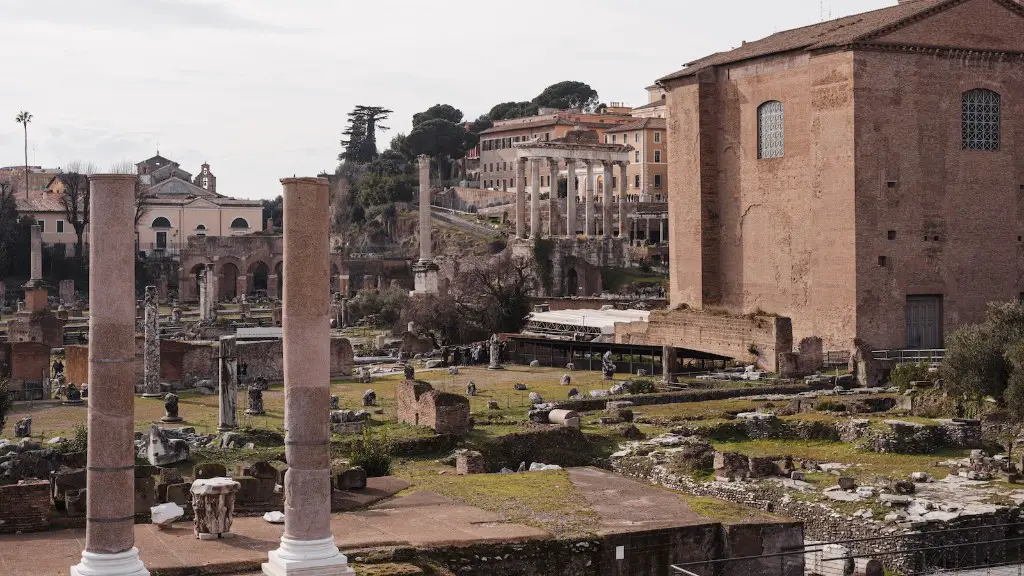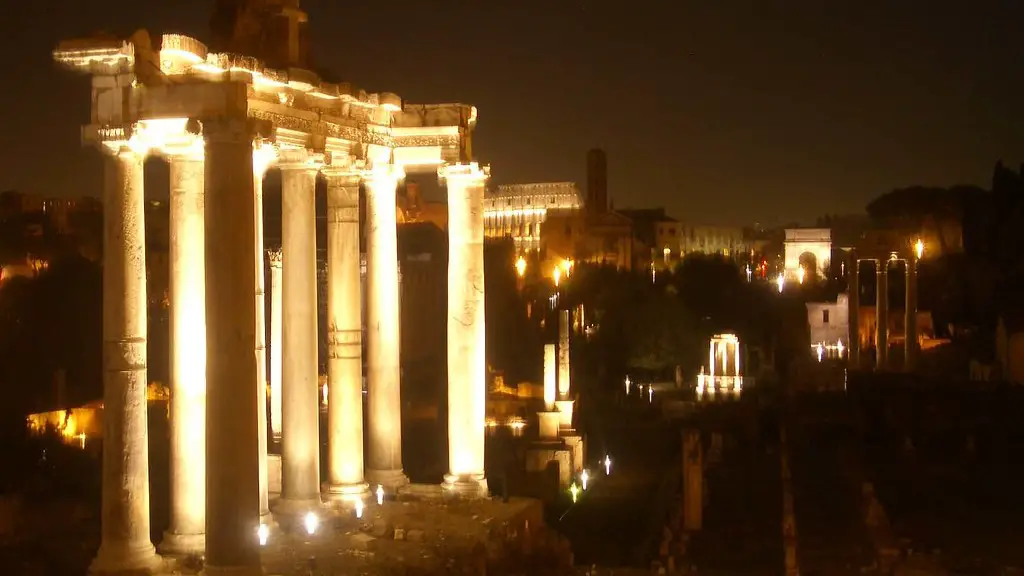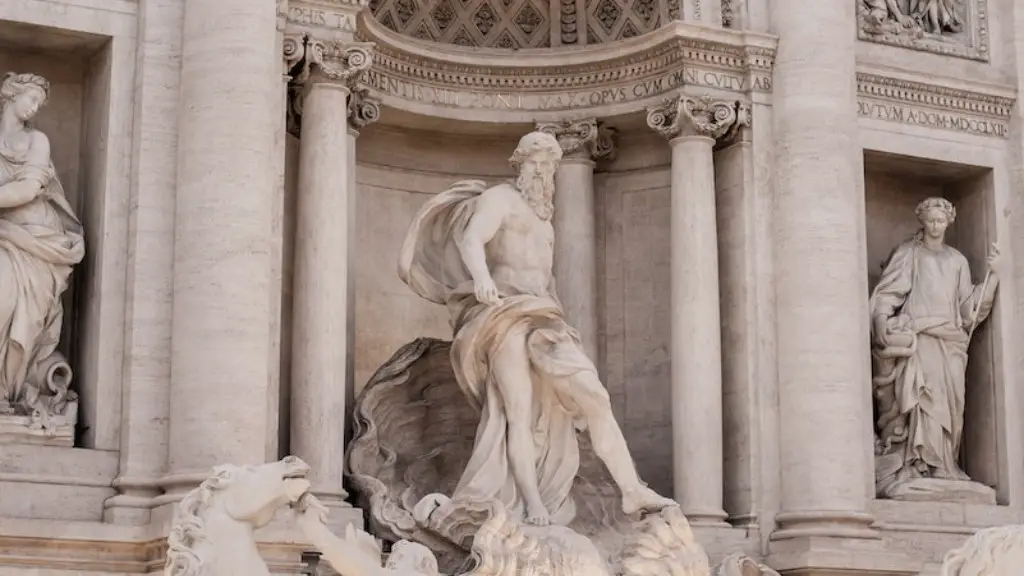Background
Ancient Rome was an iconic capital of the world with a fascinating history, culture and its architecture. Spectacular monuments, breathtaking amphitheaters, Christian churches and imperial palaces are all a lasting testament to the grandeur of Ancient Rome, stretched across over one thousand years from 500 BC until 500 AD. Ancient Rome was known for its distinctive architecture; inspired by the ancient Greeks, modified and developed by Romans, with influences from the Etruscans and local Italian cultures,Roman architecture was strong and bold, characterised by mass, scale and grandeur.
Influence
The Ancient Romans took the example of Greek architecture and made it their own. They adapted the Greek idea of using columns to support arches and uphold tall structures. They also experimented with, and then perfected the use of concrete and stone masonry, horizontally corbelled arches, triangular pediments and domes. The Romans became masters of taking ideas and incorporating them into their own architecture. By introducing innovations like the arch and the dome, they created an architectural style that would live on until the present day.
Structure
The architecture of Ancient Rome could be monumental and grand, with large, semicircular and rectangular buildings made from stone and decorated with elaborately carved facades. Emperor-level buildings were typically huge, with vast courtyards surrounded by imposing columns. Villas, on the other hand, were closer to the ground, more simple in design and made predominantly for residential use.
Palaces
Palaces were perhaps the most impressive of Roman structures and were built for cardinals, nobles and the ruling class. Enormous complexes that housed thousands of citizens, these palaces consisted of curved entryways and grandiose staircases that flanked large halls and living quarters. One of the most famous examples of Roman palace architecture was the Palantine Hill in Rome which included the Imperial Palace and its ornate walls and chambers.
Amphitheaters
The Ancient Romans had a passion for entertainment and the iconic amphitheater was the centrepiece of their activities. Amphitheaters provided a place for chariot races, gladiator fights, theater, music and other forms of recreation. These theaters could accommodate up to 50,000 people, depending on size, and were constructed using strong stone blocks, monumental arches and ornate columns. Examples of ancient Roman amphitheater designs can still be seen today, the Colosseum in Rome being the most well-known.
Aqueducts
To accommodate the growing population of Rome, aqueducts were essential in supplying the precious resource of clean water. Aqueduct networks were built and maintained by highly trained engineers who could devise a sophisticated way of transporting water from the mountains to the city. These engineers were so proficient that some aqueducts can still be seen today, with their heavy stone and concrete walls, elegant arches and large columns taking their cues from the Romans.
Influence on Schools of 25th-Century Architecture
Modern architecture still uses the principles of ancient Roman architecture. Modern builders take inspiration from the scale and mass of Roman structures, as well as their use of arches and columns. Although the techniques and machinery used today are more advanced, many architects still honour the grandeur and beauty of classical Roman designs in their own projects.
Statues and Sculptures
Statues and sculptures were used throughout ancient Rome as markers of power and symbols of gods. These sculptures could range from large bronze figures to smaller marble carvings to even jewelry. The sculptures and statues had a deep religious and symbolic meaning and many were made to commemorate the life and accomplishments of Roman Emperors. Augustus, the first Roman Emperor, was known to have commissioned numerous statues and sculptures which were placed around Rome.
Construction Methods
The Ancient Romans developed advanced techniques to construct their monumental buildings, these techniques have endured to this day. Romans perfected the use of the pointed arch and the dome, as well as the use of concrete, stone and marble. They also utilized the butt joint and keystone construction, by laying large stones that formed an arch and then inserting a keystone at the apex of the arch. Roman engineering was so advanced that many of their structures are still in use today, such as the Pont du Gard aqueduct in France and the Temple of Saturn in Rome.
Archaeological Evidence
Although Ancient Rome is no longer seen in its prime, there is a rich abundance of archaeological evidence to study Roman architecture. The ruins of many impressive buildings can still be seen in Rome, with their majestic columns and arches still standing tall. For example, the Pantheon in Rome is an iconic symbol of Ancient Rome, constructed in 126 AD and still used as a church today. The presence of these ruins shows that Ancient Rome was indeed home to a grandiose form of architecture, one that has endured the passage of time and left its mark on the world.


